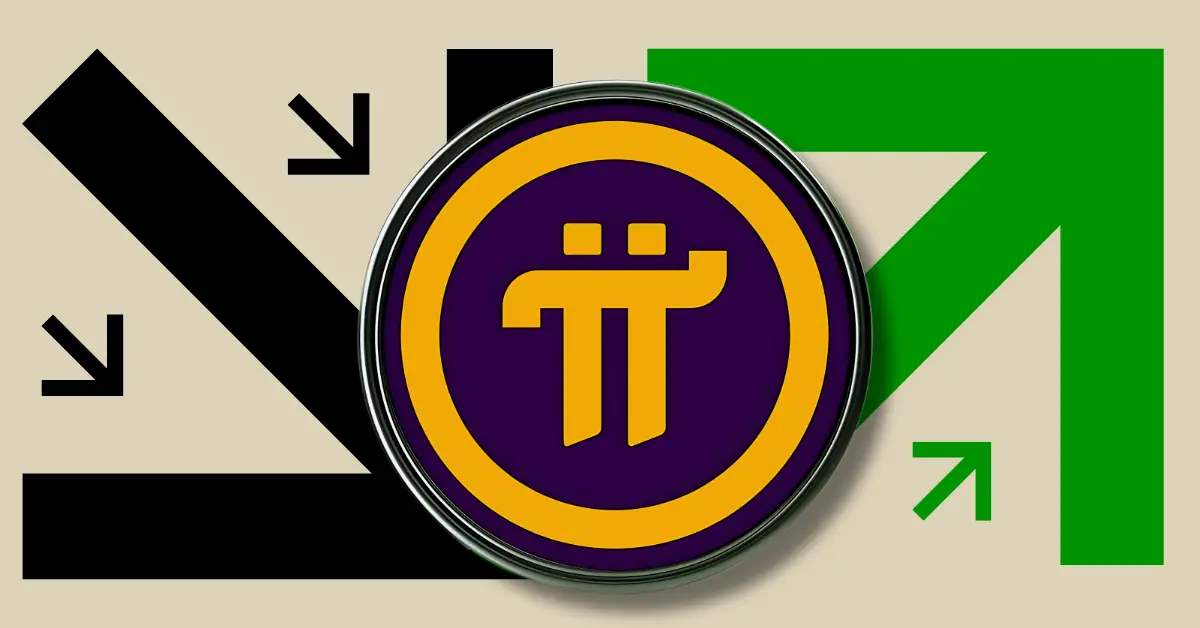
“`markdown
The Pi Network’s Bold Move: Mainnet Wallets Go Live with Partial KYC – Genius or Gamble?
The crypto world is no stranger to hype, and Pi Network has been riding that wave since its inception. Touted as the “people’s crypto,” it promised accessibility through mobile mining, avoiding the energy-guzzling pitfalls of Bitcoin. Now, Pi is making headlines again by allowing Mainnet wallet activation without full KYC (Know Your Customer) completion. It’s a classic “carrot-and-stick” play: lure users in with early access while dangling the threat of lost holdings if they don’t eventually comply. But is this a masterstroke for mass adoption or a reckless shortcut that could pop Pi’s carefully cultivated bubble? Let’s dissect the move, its implications, and whether Pi’s gamble will pay off.
—
1. The Partial KYC Play: Accessibility vs. Security
Pi Network’s decision to let users activate Mainnet wallets with *partial* KYC checks is a calculated risk. On one hand, it removes bureaucratic friction, letting “verified but not fully migrated” users start trading Pi peer-to-peer, join community events, and test-drive apps. This could boost engagement—critical for a project that’s struggled with skepticism over its *actual* utility.
But crypto purists are side-eyeing the move. Bypassing full migration checks? That’s like letting folks into a bank vault with just a LinkedIn profile. Pi’s team insists full KYC is still mandatory for long-term access, but the temporary loophole raises questions: Could bad actors exploit this grace period? The network claims it’s balancing inclusivity and security, but in crypto, “balance” often tilts toward chaos. Remember BitConnect? Yeah.
—
2. The Countdown Clock: Migrate or Lose Your Pi
Here’s the stick: Pi Network set a hard deadline of February 28, 2025, for users to complete full KYC and migration. Miss it, and your holdings could vanish—a classic “use-it-or-lose-it” ultimatum. The timing isn’t random; it aligns with Pi’s planned Open Network launch in Q1 2025, where Pi will (theoretically) interoperate with other blockchains.
The pressure tactic might work. Fear of missing out (FOMO) is crypto’s oldest motivator, and Pi’s roadmap dangles periodic migrations (monthly/quarterly) to keep users hooked. But let’s be real: deadlines in crypto are like New Year’s resolutions—often extended. If Pi delays *again* (its Mainnet launch was originally slated for 2021), credibility could crumble faster than a stale tokenomics whitepaper.
—
3. The Fine Print: Waiting Periods and UI Quirks
Pi’s migration isn’t just “click and go.” Users face a 14-day holding period post-migration before transacting—a “cooling-off” phase to prevent fraud. Then there’s the UI jank: Transferable Balances might not match migrated amounts, a headache for non-techies. The Pi Browser app (the ecosystem’s hub) tries to simplify things, but let’s not pretend crypto onboarding is ever *smooth*.
And those “detailed guides” Pi promises? They’re table stakes. Every doomed ICO in 2017 had tutorials too. The real test is whether Pi’s team can scale support when (not if) users hit snags. If migration glitches pile up, the network’s “decentralized utopia” could look more like a tech support nightmare.
—
Conclusion: Pi’s High-Wire Act
Pi Network’s partial-KYC rollout is a bold bid to revive engagement, but it’s walking a tightrope. Speed up adoption, and it might finally shed its “vaporware” rep. Cut too many corners, and the bubble bursts—leaving users holding worthless digits. The grace period is a clever nudge, but crypto history shows that when projects prioritize growth over security, the ending is rarely pretty.
So, is Pi a revolution or a rug pull in slow motion? Check back in 2025. Until then, keep those KYC docs handy—and maybe don’t bet your Brooklyn apartment on it. *Yet.*
Boom.
“`







